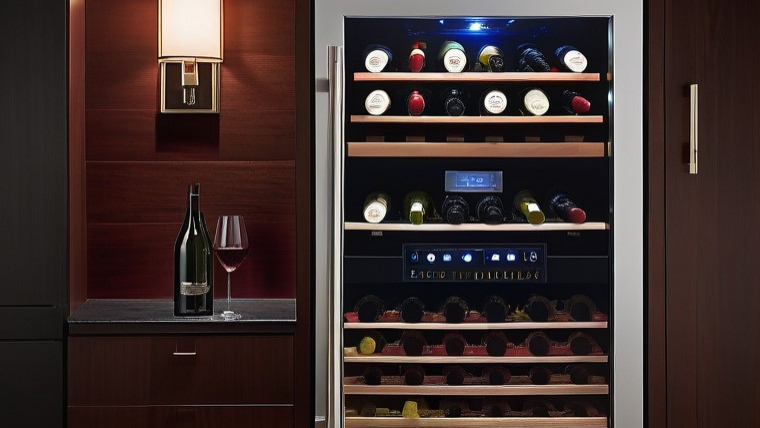If you’re a wine enthusiast, chances are you own a wine cooler to keep your bottles at the perfect temperature. But did you know that these appliances, like most home electronics, can use more energy than necessary if not maintained properly? In this guide, we’ll share Energy-Efficient Tips for Wine Coolers that will not only help you save on your electricity bill but also ensure your wine is stored in optimal conditions. By following these straightforward and practical tips, homeowners can reduce energy consumption while extending the life of their wine coolers. Why Energy Efficiency Matters for Your Wine Cooler Wine coolers, especially Monogram wine coolers, are a significant investment, especially if you’re storing a valuable wine collection. They operate 24/7 to maintain the correct temperature, and over time, this can add up in energy consumption. Ensuring that your cooler runs efficiently means lower energy bills, a reduced environmental impact, and fewer maintenance issues in the long run. Plus, you’ll be helping your appliance last longer by reducing the wear and tear caused by inefficient operation. How to Make Your Wine Cooler More Energy Efficient To help you get the most out of your wine cooler, here are a few energy-efficient tips that can make a big difference: Set the Right Temperature Maintaining the correct temperature is essential, both for the quality of your wine and for energy efficiency. Most wine coolers have a temperature range between 45°F and 65°F. However, the optimal temperature for energy efficiency is around 55°F, as this is suitable for most wines and doesn’t overwork the cooler’s compressor. Setting your cooler too low or high can lead to energy wastage or unnecessary strain on the appliance. Keep the Door Closed as Much as Possible Frequent opening and closing of the wine cooler’s door can cause fluctuations in the internal temperature, forcing the cooler to work harder to maintain the desired settings. Be mindful when accessing your wine, and try to limit the number of times you open the door. A great way to do this is by organizing your bottles in a way that makes them easily accessible without having to rummage through the cooler. Location, Location, Location Where you place your wine cooler matters. Keep your cooler in a location that is well-ventilated, away from direct sunlight, and out of proximity to heat-generating appliances like ovens or dishwashers. Placing the cooler in a hot environment forces it to use more energy to maintain a steady temperature. Ideally, the wine cooler should be positioned in a cool, shaded area of the home, such as a basement or pantry. Regularly Clean the Condenser Coils Just like with refrigerators, the condenser coils of your wine cooler can accumulate dust and debris over time. Dirty coils force the appliance to work harder, using more energy. To maintain efficiency, it’s crucial to clean the coils at least once every six months. You can use a vacuum cleaner with a brush attachment to remove any dirt and keep your cooler running smoothly. Check and Maintain the Door Seal The door gasket, or seal, of your wine cooler is crucial in maintaining the internal temperature. If the gasket is worn out or damaged, cool air will leak out, causing the cooler to work harder and consume more energy. Inspect the seal regularly and replace it if you notice any cracks, gaps, or signs of wear. You can easily test the seal by closing a dollar bill in the door; if it slides out easily, it’s time to replace the gasket. Organize the Bottles for Proper Airflow How you arrange the wine bottles inside the cooler can affect its efficiency. Avoid overloading the shelves, as this can block airflow and make it difficult for the appliance to maintain a consistent temperature. Keep bottles spaced evenly to allow air to circulate freely, helping the cooler to run more efficiently.









